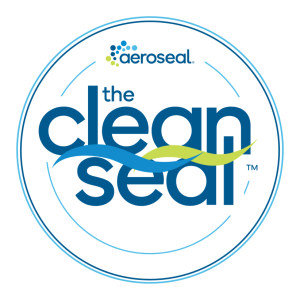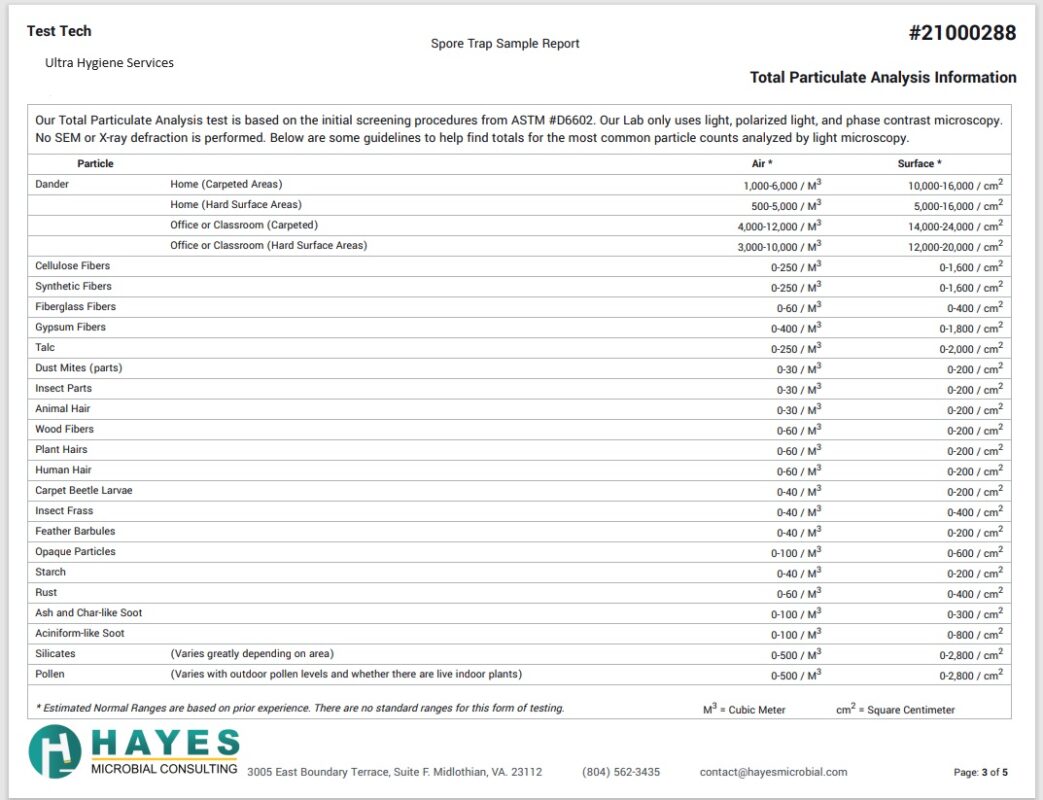Improving My Home Indoor Air Quality Services
Pinpoint the source of the problem
Breathing Easier Starts Here
In-depth analysis of air pollutants, allergens, and harmful particles in your home.
Tailored approaches to address specific air quality issues based on test results.
Utilizing the latest technology to purify and maintain clean air indoors.
Focused on creating a healthier living environment for you and your family.
+1 786-800-4598
As an indoor air quality and consulting expert with 15 years of experience, we can help our clients with air quality concerns in many different settings.
UHS offers comprehensive testing solutions that will give you a total assessment of the air you breathe daily. We want to ensure that your team has healthy air to breathe. UHS can help determine which analysis is best for your air quality concerns.
We average 12–16 breaths per minute. How much do you know about the quality of the air you breathe? Is your home affecting your health? If you detect unpleasant odors in your home, possibly from leaking air ducts, crawl space, or an attic.



- Carbon Dioxide (CO2)
- Nitrogen Oxide (NO)
- Nitrogen Dioxide (No2)
- Particulate Matters (2.5 & 10)
- Allergen
- Bacteria
- Radon Gas
- Post Fire & Smoke VOCs & Particulates
- Sewer Gas
- Formaldehyde (HCHO)
- Volatile Organic Compound (VOCs)
- Carbon Monoxide (CO)
Indoor air investigations can be challenging. There are many aspects to indoor air quality, including volatile organic compounds (VOCs), inorganic compounds, particulates, allergens, comfort factors, etc. One of the most difficult areas to look at is the VOCs. This is because organic chemicals (primarily carbon and hydrogen) can vaporize easily at room temperature. There are thousands of different VOCs in indoor air from hundreds of sources. Making both source identification and remediation plans challenging.
Most people do not notice an indoor air quality problem unless they smell something unpleasant or feel ill. However, many VOCs have no noticeable characteristics, leading to poor air quality without any perceptible signs. In developing an action plan for resolving VOC issues, knowing which chemicals are present is not sufficient. Understanding the sources and how the VOCs react to changing conditions is crucial to improving air quality.
Molds are fungi. They grow in multicellular filaments called hyphae that spread to form a network or colony called mycelium. There are thousands of known species of molds. However, a much smaller number of mold species are commonly found in indoor environments. Water intrusion and moisture are key elements that cause mold growth. Often, these conditions originate from leaky pipes behind walls or under floors, roof leaks, improperly installed windows, or excessive humidity.
These conditions are often non-observable – we don’t know they exist. Certain chemicals called mold volatile organic compounds (MVOCs) are produced as the mold digests its food. Prolonged exposure to these VOCs can have serious health effects, especially in infants, small children, the elderly, and anyone with chemical sensitivities or chronic respiratory conditions like asthma or allergies. Because mold VOCs are produced as the mold grows, they can be used as an indicator of active mold.
Cleaning up after a fire involves assessing remaining residue, including visual traces, smoky odors, and potential health effects like burning eyes or difficulty breathing.
Two main concerns with fire and smoke residue:
1. Has the fire or smoke residue been removed to an acceptable level?
2. Any health or exposure concerns from remaining traces?
Indoor fires, influenced by contents and building materials, pose complexities, and wildfire smoke can affect distant buildings. Our services encompass air sampling, technical review, particulate sampling, and material analysis. Contact us for project planning assistance.
Agencies such as the EPA and the National Cancer Institute safe levels of formaldehyde in the air.When formaldehyde is present in the air at levels exceeding 100 ppb, some individuals may experience adverse effects. Such as watery eyes, burning sensations in the eyes, nose, and throat, coughing, wheezing, nausea, and skin irritation. Some people are very sensitive to formaldehyde, whereas others do not react to the same level of exposure.
In addition to the immediate symptoms, formaldehyde is classified as a Group 1 carcinogen known to cause human cancer by the International Agency for Research on Cancer (IARC).One of the complicating factors in formaldehyde investigations is the variety and number of sources. Various building materials, everyday products, and natural processes exist in many sources. Let our team of experts help you identify potential sources of formaldehyde.
Indoor Air Quality Services: The likelihood of immediate reactions to indoor air pollutants depends on age and preexisting medical conditions. Sometimes, whether a person reacts to a pollutant depends on individual sensitivity, which varies tremendously from person to person. After repeated or high-level exposures, some people can become sensitized to biological or chemical pollutants.
If you suffer from respiratory symptoms, it happens only in a particular room or building. You can likely identify the reason why you feel uncomfortable or sick. Some effects may be made worse by an inadequate supply of outdoor air ventilation. Or from the heating, cooling, or humidity conditions prevalent indoors.
Indoor Air Quality Services: Discovering the enduring impacts of poor indoor air quality on your health is crucial. Initial reactions, such as headaches and nose, eyes, and throat irritation, may seem mild, but they could signify more serious issues with prolonged exposure. Addressing these concerns often involves isolating affected individuals from the pollution source once identified.
Extended exposure to poor indoor air quality can lead to severe health problems, including heart issues, lung disorders, and even cancer. These long-term consequences not only debilitate but can also be fatal. Prioritize your health by understanding the comprehensive effects of indoor air quality and considering professional services like indoor air quality testing for a healthier atmosphere. Take the proactive step toward a safer, cleaner living environment by exploring reputable indoor air quality services in your area.
Indoor Air Quality Services: Biological contaminants, including bacteria, viruses, animal dander, and pollen, profoundly impact indoor air quality and pose potential risks to respiratory health. These pollutants, driven by the basic needs of life, food, and water, can result in breathing difficulties. Identifying and addressing these sources is essential for maintaining a healthy indoor environment.
Consider availing expert services like indoor air quality testing to gain comprehensive insights into your home’s air composition. These services offer valuable information regarding the presence of biological contaminants. Taking proactive measures and involving professionals in thorough evaluations will contribute to a cleaner and healthier living space for your family.
Indoor Air Quality Services: People who do not react to allergens may become sensitive after repeated exposure. The greater the exposure to biological or chemical allergens, the greater the reaction. The reaction may occur immediately upon re-exposure or after multiple exposures over time. Sensitivity to allergens increases as the exposure increases. People who have never shown any reaction may suddenly find themselves very sensitive to allergens.
UHS indoor air quality testing service covers types of testing associated with indoor air quality service and indoor air quality (IAQ) testing. We can provide bacteria, VOCs, and other available chemical compounds. We can also do an analytical sampling of air and dust and identify allergens present in those medians. Poor indoor air quality (IAQ) symptoms are extensive and depend on the contaminant. See below:

